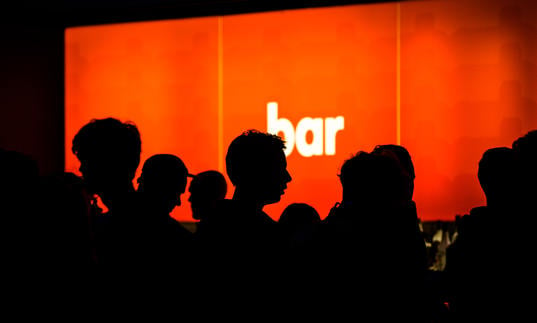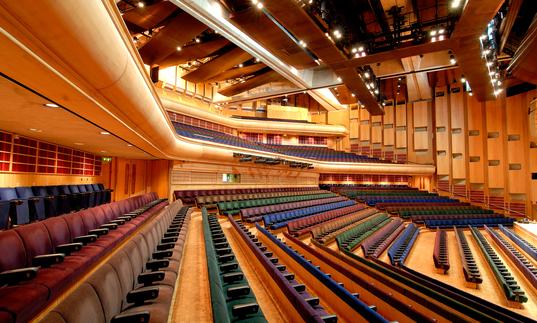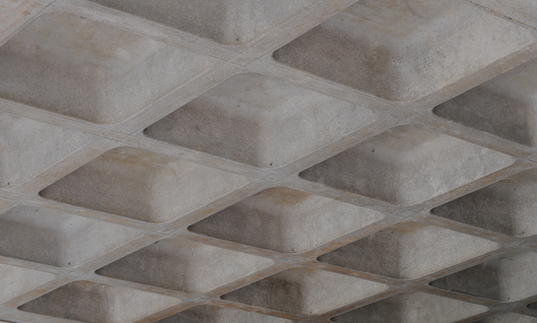Kronos Quartet & Trevor Paglen: Sight Machine
1 hr 15 minutes no interval
Please note timings are approximate and subject to change.

Brit Seaton looks into the artificial intelligence and data-driven inspiration behind the Kronos Quartet and Trevor Paglen’s show.
In the advance towards automation, machine vision and artificial intelligence have become ubiquitous. Often hidden in plain sight, these systems are designed to detect, track and analyse our every move. But when they look at us, what do they see?
Bringing this pressing question into focus is Sight Machine, a multimedia performance by the acclaimed Kronos Quartet and visual artist Trevor Paglen, whose work is widely concerned with learning to see systems of surveillance and state secrecy. As David Harrington, John Sherba, Hank Dutt and Sunny Yang of the quartet perform, they are monitored by cameras attached to software running computer vision algorithms, utilised by object detection technology, self-driving cars, social media, and even guided missiles. Over the course of the show, this abstracted footage of Kronos Quartet is projected behind them in real-time, displaying their performance as seen through the ‘eyes’ of a machine.
Under usual circumstances, the yield of computer vision requires no human assistance, since those which Paglen identifies as ‘invisible images’ are created by machines, to be read by other machines. In Sight Machine, Paglen and his team intercept this autonomy and interrogate the ways in which these systems simplify an image in order to do something with it. The formal abstraction of images into code, as Paglen explains, results with biased values and political judgements being built into algorithms — which are presented, dangerously, as being scientific, universal and objective.
So why put a musical performance under the scrutiny of machine vision? ‘Music, in particular, is very affective and communicative, but it’s not a kind of communication that can be expressed in words or quantified,’ Paglen says. Encoded in the language of strings (violin, viola, cello), fevered narratives of political unrest, war and technological advances surface in a number of the eleven selected pieces of music, with the performance featuring works by avant-garde pioneer Laurie Anderson, electronic keyboardist Islam Chipsy, balafon player and composer Fodé Lassana Diabaté, and American composer George Gershwin.
Paglen’s suite of machine vision software is arranged to draw on thematic parallels in each composition, such as that of George Crumb’s ethereal protest music against the Vietnam War God-music, Raymond Scott’s work of frenetic energy, Powerhouse, which found canonical use in cartoons of the factory accelerated to oblivion, as well as Terry Riley’s One Earth, One People, One Love, inspired by the history of spaceflight and written in the aftermath of 9/11, for which Paglen’s visual accompaniment features a pre-recorded video sequence considering a sky satellite as a vantage point for control.
Framing the distorted vision of algorithms with the consent of the subject, Paglen confronts the deception that these systems are usually deployed with. Sight Machine is a glance behind the curtain that conceals the inner workings of artificial intelligence and the uncanny world of machine autonomy. ‘As we go further into the show, the algorithms are trying to determine what gender someone is and what emotional state they’re in,’ Paglen says. Broadcasting the computer-generated results in real-time exposes their ill-grounded logic: a musician being identified as ‘68.01% female’, for example, demonstrates just how wrong these systems can be — or as Paglen puts it, ‘how utterly absurd the entire premise of trying to algorithmically determine the meaning of an image really is.’
Sight Machine’s musical finale is America—Before the War, the first part of Steve Reich’s Different Trains. This work celebrates the promise of a connected world through expanding transportation infrastructure, and precedes a movement about the Second World War and the Holocaust, which isn’t played by the quartet. In a re-interpretation of the first piece, Paglen questions the current exuberance around civilisation moving forwards through technology, presenting an untiring sequence of flickering AI ‘training images’. ‘It’s looking at the ways in which all of our social media have been commandeered by AI systems, and are constantly being ingested to build models about who we are and what our proclivities are — to track, catalogue and identify us.’ Paglen makes plain that Before the War is haunted by the second movement: ‘What could possibly go wrong?’
‘In every computer vision system, you’re taking an infinitely complex and affective world, and reducing it to a series of very rigid numbers,’ Paglen says. ‘Looking through the computer vision eyes at a music performance shows how wide that gulf is between how human perception works and how computer vision works.’ Sight Machine meditates on all that is lost when machine vision looks at human experience, and as Paglen clarifies, it asks you as a viewer to reconsider any faith you might have in the aims and intentions of these invisible images.
Discover
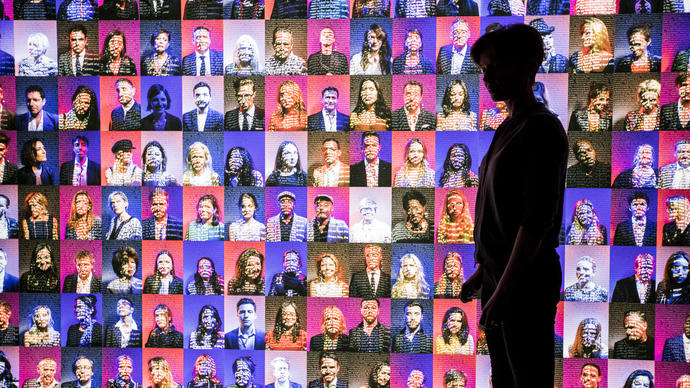
Exploring: AI - More Than Human
In collaboration with Google Arts & Culture, explore the AI: More than Human project page, featuring exhibition highlights, interviews with curators, artists and advisors, artist profiles.
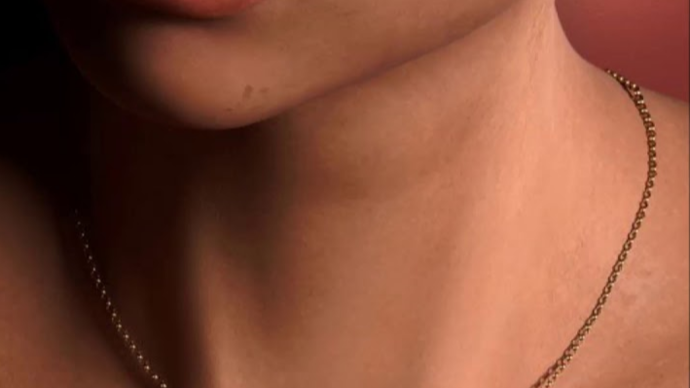
Listen: AI music
Can a computer create its own score? Will bots replace DJs? We open our ears to music that is using artificial intelligence to enhance, shape or inspire their output.
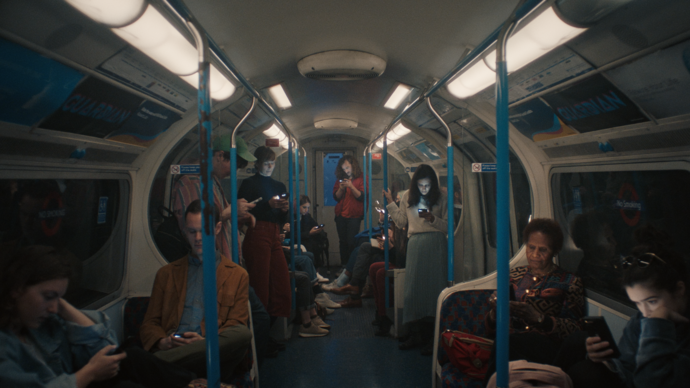
Life Rewired Shorts - Divided We Scroll by Klaas Diersmann
How long have you spent scrolling today? Klaas Diersmann presents an experimental and eerie depiction of our intimate yet divisive and compulsive relationships with mobile technologies.
You might also like...

+ AYA
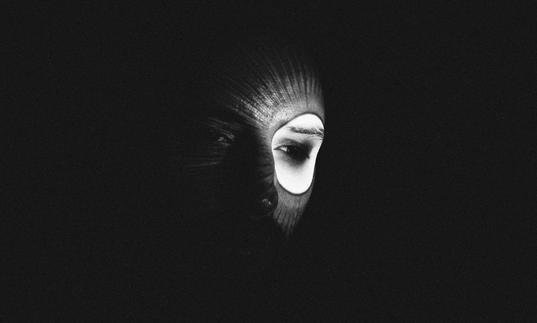
+ Rob Clouth + Llyr
Barbican Hall
Location
The Barbican Hall is located within the main Barbican building. Head to Level G and follow the signs to find your seating level.
Address
Barbican Centre
Silk Street, London
EC2Y 8DS
Public transport
The Barbican is widely accessible by bus, tube, train and by foot or bicycle. Plan your journey and find more route information in ‘Your Visit’ or book your car parking space in advance.
We’ve plenty of places for you to relax and replenish, from coffee and cake to wood-fired pizzas and full pre-theatre menus
Mobility
Spaces for wheelchair users in row U at the rear of the stalls (up to sixteen, depth of row 180cm) and the back row of the circle (four), both with fold-down companion seats. Some seats in row S of the stalls for people with very limited mobility.
Assistance dogs
Assistance dogs may be taken into the concert hall where there are a limited number of suitable seats in row G of the stalls. If you prefer, you may leave your dog with a member of the cloakroom staff during the performance.
Hearing facility
There is an induction loop in the concert hall. You can use this by adjusting your hearing aid to the ‘T’ setting.
Free large-print programmes
These are available for most of our concerts. Please contact [email protected] at least a week beforehand, to prebook a large-print programmme.
For more access information, please visit our Accessibility section.
Plan your visit
Meet friends, grab a drink, drop in to one of the free installations on Level G before the show - here's what else is happening at the Barbican when you visit.

Living Colour



